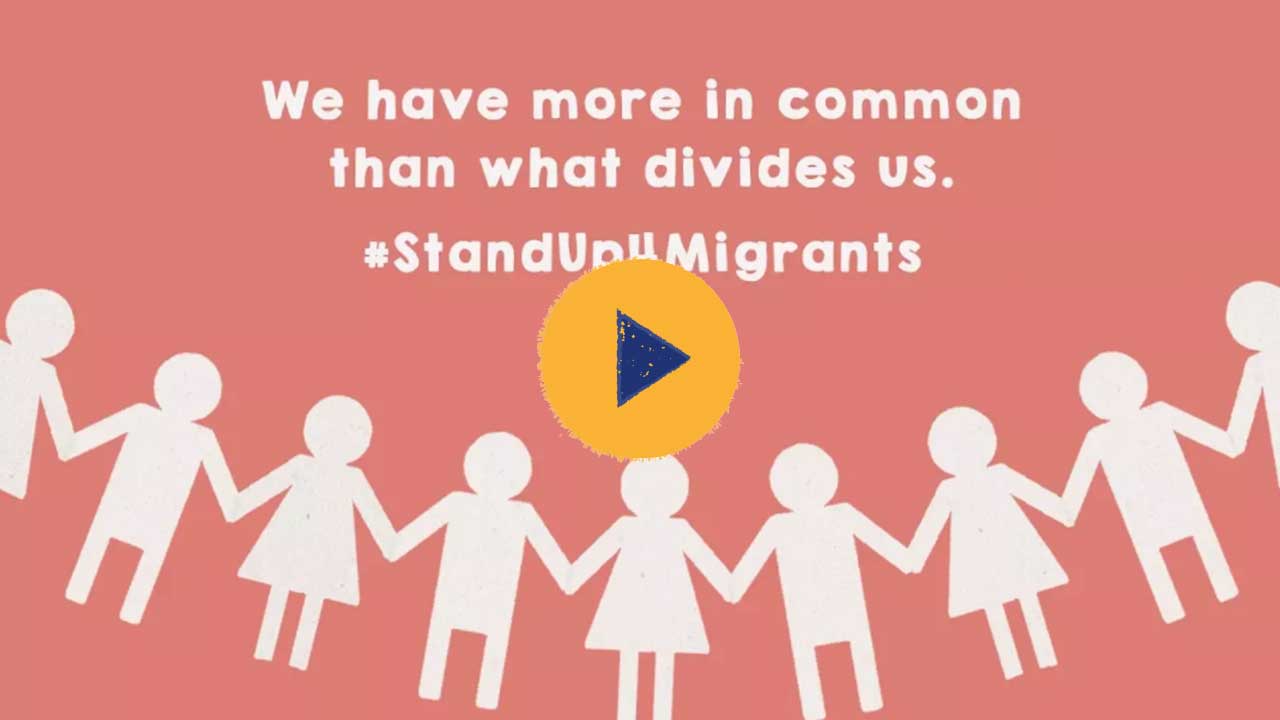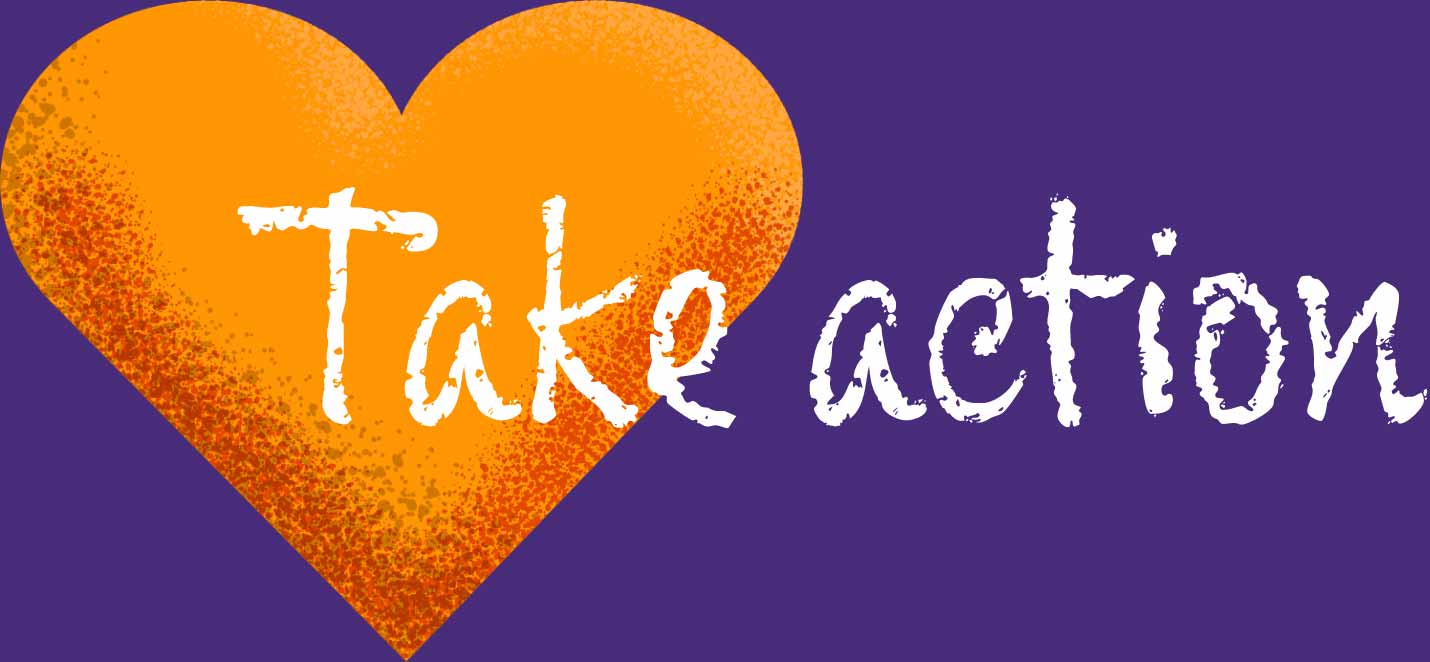
Step 7
Do No Harm
Despite our best intentions, we might inadvertently reinforce harmful narratives on migration. Following the principle of ‘Do No Harm’ can help us avoid this.

Do No Harm
Images, words and the types of stories we share can sometimes reinforce negative perceptions and attitudes towards migrants. By testing our messages and content, we can ensure they connect with our audience in the way we intended and do not cause harm.
Know What to Avoid
There is no single solution for all circumstances, places and audiences. However, familiarising yourself with these tips will help you avoid common mistakes.
This section of the toolbox will help you to:
Understand common messaging mistakes
Many of the messages we frequently view have been found to be more destructive than constructive. What are they and how can you avoid them?
Words to avoid
Being mindful of language will help ensure we speak about migrants in a way that upholds their rights. What terms should you avoid? And what should you say instead?
Visuals matter
Images can be as damaging as words. We must also protect the privacy, dignity and identity of those we are portraying. What images should we avoid to promote a more hopeful depiction of migration?
Message testing
By testing your message, you can better understand if your audience receives it in the way you think they will. How does message testing work?

Examples
#StandUp4Migrants Podcast
In this episode of the UN Human Rights podcast, #StandUp4HumanRights, we focus on why telling individual stories of migration, which reflect all dimensions of migrants, can help avoid perpetuating harmful narratives on migration.
Changing the debate
NGOs and political movement Operation Libero successfully campaigned against a referendum in Switzerland that sought to automatically deport foreigners who commit certain crimes. They gained support by focusing on values important to voters, such as the rule of law.










